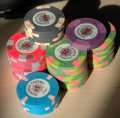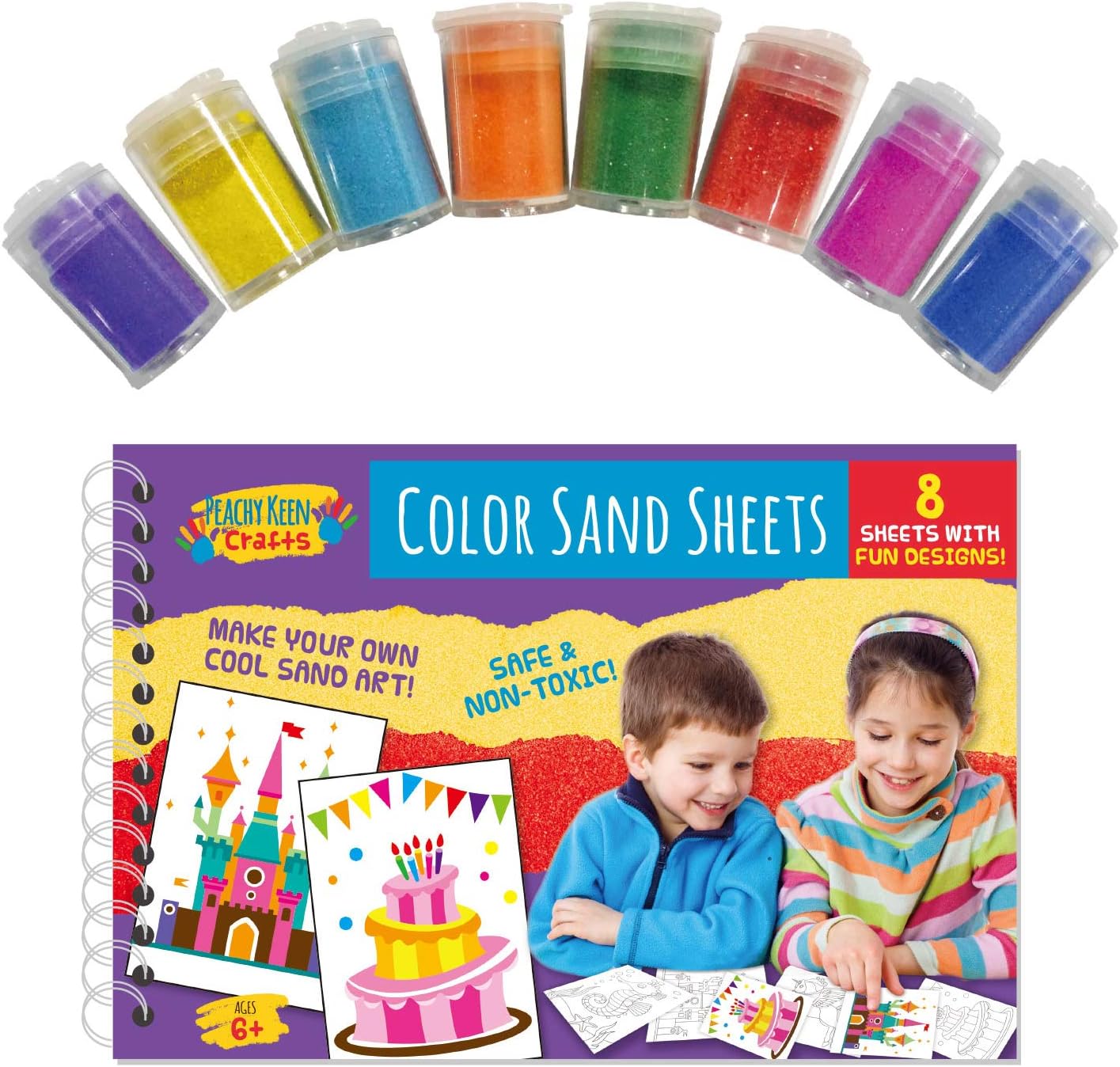arsenelupin3
Sitting Out
Relative chip noob here.. Bought myself a nice set of Scandia chips re-selling Bud Jones chips in 2004-2005 that I had bought with poker winnings. Should have kept them all (had 2300, currently only have ~1300) Just a general question for the historians here..
I recently snagged three barrels of the Paulson 'suits' mold chips and they have a much more metallic twang/clank to them than my Scandia SCVs.
I also snagged a rack of Scandia $1s with the web mold about five years ago and they don't seem to be anything like either of the two. They have a weird chalky plastic feel, and just scream "counterfeit" despite not being injection-molded. Does anyone know if Paulson has messed around with the composition of their chip material over time or between molds? Is there a history I've missed?
Sorry if this has been addressed before, I did a few searches and came up blank.
I recently snagged three barrels of the Paulson 'suits' mold chips and they have a much more metallic twang/clank to them than my Scandia SCVs.
I also snagged a rack of Scandia $1s with the web mold about five years ago and they don't seem to be anything like either of the two. They have a weird chalky plastic feel, and just scream "counterfeit" despite not being injection-molded. Does anyone know if Paulson has messed around with the composition of their chip material over time or between molds? Is there a history I've missed?
Sorry if this has been addressed before, I did a few searches and came up blank.


